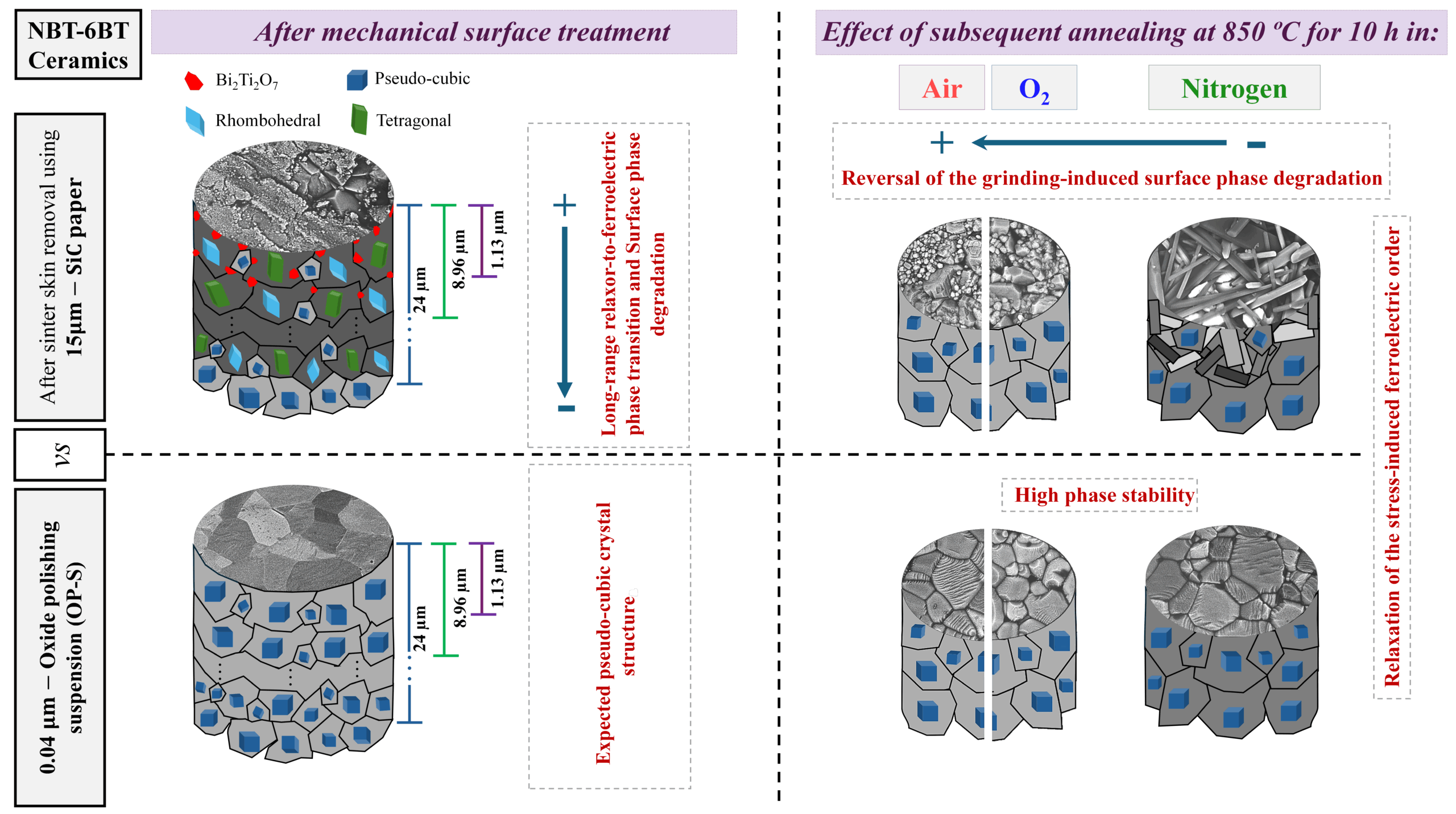
[Image above] Credit: Pixabay
In recent months, I found myself drawn to studies that illustrate the outsized impacts that small changes in procedure can have on a final product. For example, how the indenter tip radius used for scratch testing can influence a material’s failure mechanism, and how forming method influences the microstructure of flash-sintered ceramics.
Today, we look at a recent study by German researchers that attempts to reduce deviations in ionic conductivity measurements of ceramic electrolytes by developing a harmonized testing procedure.
The researchers come from the Karlsruhe Institute of Technology (KIT), the Fraunhofer Institute for Ceramic Technologies and Systems (IKS), and Forschungszentrum Jülich (FZJ). ACerS members Olivier Guillon and André Weber at FZJ and KIT, respectively, are senior authors on the study.
They begin the paper by discussing how oxide ceramic electrolytes are expected to play a key role in solid-state battery technology due to their high thermal stability and ease of fabrication under air atmosphere with readily scalable methods.
Two oxides in particular are widely investigated for this purpose: Li1+xAlxTi2-x(PO4)3 (LATP) and Li7La3Zr2O12 (LLZO). Both electrolytes exhibit ionic conductivities of approximately 10-4-10-3 S cm-1, depending on their stoichiometry and processing parameters.
But even for samples that are nominally identical, inconsistent data will show up in the literature due to how ionic conductivity is measured and analyzed.
For example, regarding impedance measurements on sintered electrolyte pellets, the way in which electrical contact between the sample and measurement device is realized can impact the measurement. Also, interpretation of the impedance measurement, which typically relies on selection of an appropriate equivalent circuit model to fit the experimental data, can be performed in different ways and lead to varying results.
Thus, “It is worthwhile to develop and investigate procedures that provide a clearly defined framework of experimental parameters, which ensures that performance characteristics can be reliably obtained and compared,” the researchers write.
Characteristics of their harmonized impedance testing procedure are given below. The first harmonized measurements were conducted at KIT, after which the samples were distributed and measured at IKTS and FZJ. The samples then were sent back to KIT for final measurements after about 5 months, as well as additional aging measurements after several weeks of storage.
Measurement setups
LLZO coin cells were placed in commercial EL-Cell ECC-Std cells in the participating labs. For LATP coin cells, KIT and FZJ contacted them similar to the LLZO coin cells. However, IKTS applied direct coin cell contacting by coaxial contact pins to enable four-point measurements.
Harmonized impedance measurements
Potentiostatic electrochemical impedance spectroscopy (EIS) measurements were conducted with the cells placed inside temperature chambers with active temperature control at 25°C.
Two protocols were established for the EIS measurements. Protocol 1 involved applying frequencies in the range 7 MHz to 100 mHz (10 points per decade) with a perturbation amplitude of 25 mV. The impedance response for each frequency was measured three times and averaged. Protocol 2 involved applying frequencies in the range 7 MHz to 1 Hz (20 points per decade) with a perturbation amplitude of 16 mV. For each frequency, researchers recorded the average of five impedance responses. With both protocols, they measured impedance at least 10 times with a relaxation time of one hour between individual measurements.
All groups used protocol 1 for impedance measurements of LATP samples. For LLZO samples, KIT applied protocol 2 to obtain a higher resolution of the overlapping region of grain and grain boundary effects, while IKTS and FZJ employed protocol 1.
Data analysis
To ensure validity of the experimentally determined impedance data, the system needed to fulfill requirements of linearity, causality, and time-invariance throughout the measurement.
To fulfill the latter criterion, the researchers recorded multiple impedance spectra immediately after mounting the cell into the climate chamber and connecting it to the impedance analyzer. Through simple comparison of the successively acquired spectra in a Nyquist diagram, they identified the thermal equilibrium (and hence time-invariance) based on the observation that there was no significant deviation between two consecutive measurements.
The researchers also performed a validity check for all frequencies by applying the Kramers-Kronig test to the impedance data.
Results
Using the harmonized testing procedure, the researchers successfully reduced deviations among participating labs to differences of less than 1.8% for LLZO and less than 3.1% for LATP. Evaluation of the different error contributions revealed sample temperature is a crucial parameter, as even small temperature deviations of 1 K can lead to an error of about 5%.
“Our study facilitates a reliable assessment of errors that are due to inherent sample properties, … since the developed measurement and data analysis procedures were harmonized and applied rigorously,” the researchers write. As such, “This rigorous approach can prospectively be used as a guideline for accurately determining ionic conductivities of ceramic electrolytes.”
The paper, published in Journal of Power Sources, is “Guidelines to correctly measure the lithium ion conductivity of oxide ceramic electrolytes based on a harmonized testing procedure” (DOI: 10.1016/j.jpowsour.2022.231323).
Author
Lisa McDonald
CTT Categories
- Basic Science


